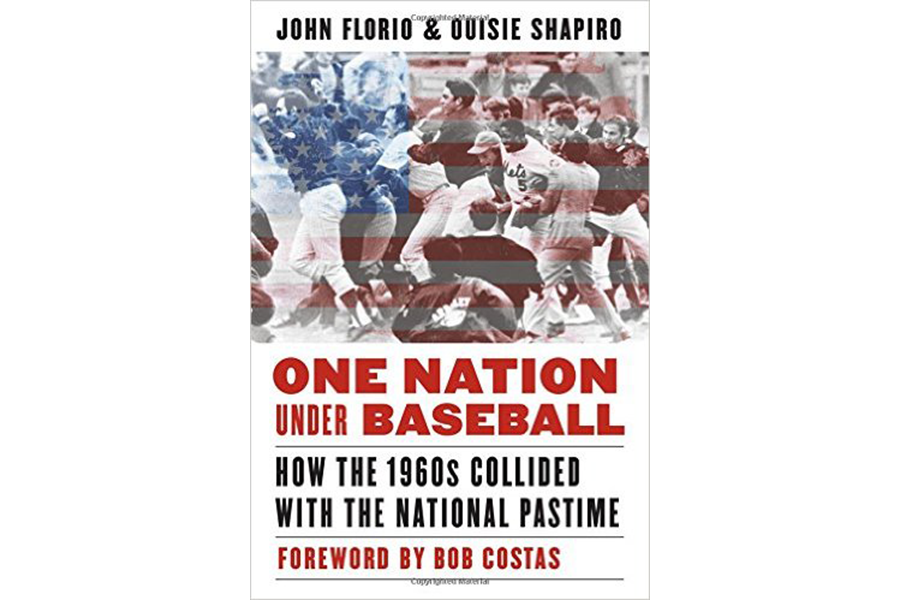As much as baseball sometimes appears to be played in a bubble, isolated from social change, the times are reflected on the diamond in various ways. Maybe this was never more true than during the turbulent 1960s, when Dodger pitching greats Sandy Koufax and Don Drysdale became million-dollar holdouts and players were less exalted and perceived more realistically. The intersection between baseball and American society isn’t a connection that might occur to baseball beat writers, but it’s a good fit for the writing tandem of novelist John Florio and sports documentary producer Ouisie Shapiro, who’ve contributed pieces to the Atlantic and the New Yorker.
Here’s an excerpt from One Nation Under Baseball:
“In 1965 the Mets lost 112 games. A desperate fan might have seen this as an improvement. In their inaugural season of 1962, they’d lost a record 120.
“Yet since moving to Shea the perennial losers were consistently outdrawing their crosstown rivals. If CBS, the new Yankees owners, wondered why fans would sooner follow the Mets than they would a team with twenty-nine pennants and twenty world championships, the answer wasn’t on the field – it was in the stands.
“Mets fans giddily flocked to Shea as if they were off to a neighborhood block party. They showed up with tambourines, hoisted flags on fishing poles, hung banners, and lit firecrackers. Forget Yankee Stadium; when it came to hosting a mass jubilee, Shea was outdoing even the World’s Fair.”







